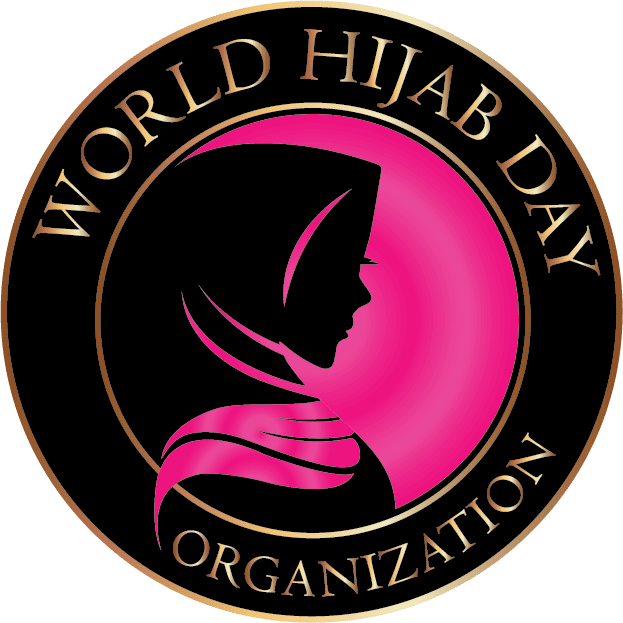By Nadiya Ada’ Husayn (India)
I am a born Muslim to a religious Muslim society of Saudi Arabia that commands specific dress codes. Thus I started wearing Abaya (Long-length dress specific to Muslim women) pretty much earlier without realizing its substance. However, with growing maturity and understanding of the doctrine of Islam, I have embraced Hijab from within the depths of my heart with profound sagacity and multifaceted import to it rather than wearing it senselessly just because the law demands for it (which should not be the case anyway).
On this World Hijab Day, I would like all the readers out there to question their purpose. The question needed to be asked is: What is Hijab for you? Is not it much extensive with numerous suggestions that is definitely much more than dress. Having said that, when we talk about the dress aspect of Hijab; the scarf along with a garb, it is not just a textile thing but much beyond that. For me, this attire is the brooch of identity, the reflection of my ideology, assertion of my customs, resistance to cultural imperialism, a fight to break fixated racist image, a mark of solidarity for victims, a mandate for dignity of women against objectification, and an aesthetic appeal to fashion.
In religious terms, it is the representative expression of the intrinsic connection to God (‘abd) and an appendage to the ummah’s (Muslim nation’s) essence (huwiyya). It is an elaboration of an abstract bond between an individual believer and a transcendent power. But is it all? No. Besides being the religious emblem, Hijab has served as multi-dimensional symbol of identity and political resistance throughout history. Hijab is used as a political symbol as much as religious one- it is a cultural way to make a declaration and take a stand.
For me, Hijab with its roots in Islamic theology, branches off outside the realm of religion to multiple tracks: a visual reminder of anti-colonialism, to protest against cultural imperialism, a struggle for recognition, and a resistance against Islamophobia. It is a symbol of Islam that is designed into a symbolic resistance to Western policy of assimilation, to protest the cultural imperialism and to stand in solidarity against stereotyped profiling that comes along being Muslim. Considering the growing violence against Muslims on one hand and on the other hand the upsurge of terrorism in our names, I, through my hijab, stand with the victims. I tell the narrative of a Muslim who is not an alien or a social exile but much like other humans who are social animals. I tell the story of frustrations, of humiliation, and of struggle. My hijab tells the stories of hate crimes, propaganda, and war against my community.
My hijab speaks of my religion, my solidarity, and my identity. My hijab is a narrative of resistance. My hijab is an assertion of my belief. My hijab is mine.



